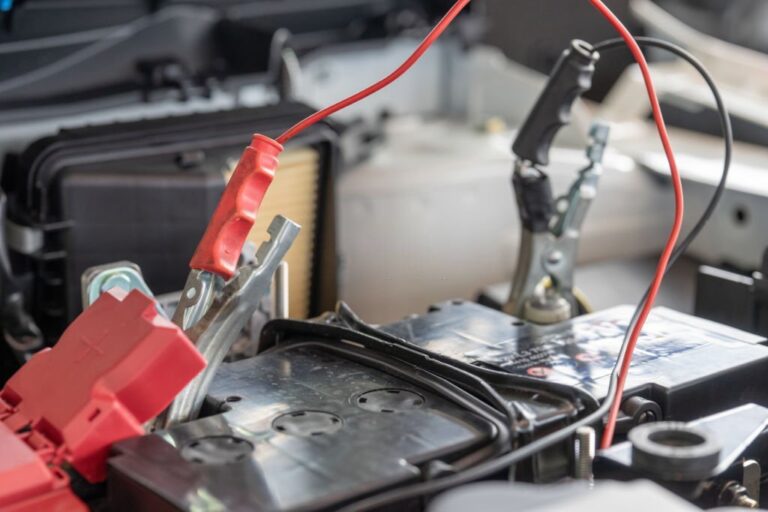In the ever-evolving landscape of automotive spare parts, the name Delco Remy stands as a beacon of exceptional quality, innovative prowess, and a rich legacy. The roots of Delco Remy trace back to the early 20th century. What commenced as a modest enterprise has since blossomed into Remy International Inc., a global force synonymous with cutting-edge technology and superior products. Today, Delco Remy’s impact is felt far beyond its origins, offering a diverse range of products, including starters – a fundamental component in a vehicle’s ignition system.
Going ahead, this article provides insights into Delco Remy starters and their installation process.
About Delco Remy Starters
At the core of every vehicle’s ignition system resides the starter – a seemingly modest component with profound implications. Delco Remy starters aren’t mere devices. They are the embodiment of precision engineering, crafted not only to initiate engine operations but to do so with reliability and optimal efficiency. These starters aren’t fleeting investments. They’re engineered to endure the rigours of daily usage, ensuring that every engine ignition is a smooth, seamless experience.
How to Install a Delco Remy Starter?
While installing a Delco Remy starter might appear daunting, a methodical approach can transform it into a satisfying endeavour. Here are the steps for the installation process:
Step 1: Getting The Right Specs
Before starting the installation process, it’s essential to ensure that you possess the exact starter model that impeccably matches your vehicle’s specifications. This entails meticulous cross-referencing, comparing your vehicle’s make, model, and engine intricacies with the comprehensive Delco Remy catalogue to ensure an impeccable fit.
Step 2: Be Prepared and Install Safely
In the realm of automotive components, safety is non-negotiable. To guarantee a secure and incident-free installation, it’s imperative to gather the essential tools, ranging from wrenches and sockets to safety goggles. Initiating the process on level ground with the vehicle’s ignition switched off, and the battery disconnected serves as a crucial safety buffer against accidental electrical complications.
Step 3: Removing the Old Starter
An analytical mindset is indispensable when dealing with existing components. Locating the old starter, often placed near the engine’s flywheel housing, marks the starting point. However, the process entails more than mere discovery. Commencing the removal process involves disconnecting the battery’s negative terminal, a precautionary measure against unintended electrical discharges. With safety at the forefront, proceed to detach the electrical connections linked to the starter – the power cable and solenoid wires. The subsequent phase involves the careful extraction of bolts securing the starter to the engine.
Step 4: Repositioning the IMS
Certain iterations of Delco Remy starters boast an additional component: the Integrated Magnetic Switch (IMS). Ensuring its accurate positioning before installation is crucial. Proper alignment of the IMS plays a decisive role in the starter’s seamless operation.
Step 5: Mounting The Starter
Having navigated the preparatory stages, it’s time to move ahead with the installation of the new Delco Remy starter. Precision becomes paramount as you align it meticulously with the designated mounting holes on the engine. The subsequent task involves inserting and tightening the mounting bolts with a calculated hand. A word of caution: avoid excessive torque, as it could potentially jeopardise the starter or the integrity of the mounting surfaces.
Step 6: Electrical Connections
As the installation draws nearer to its conclusion, it’s imperative to turn your attention to the intricate web of electrical connections. This phase commences with attaching the power cable, followed by the solenoid wires. Each connection requires meticulous attention – a snug and secure fit is critical. With all electrical connections securely in place, the final step involves reattaching the negative terminal of the battery, ensuring that the installation process is completed safely.







